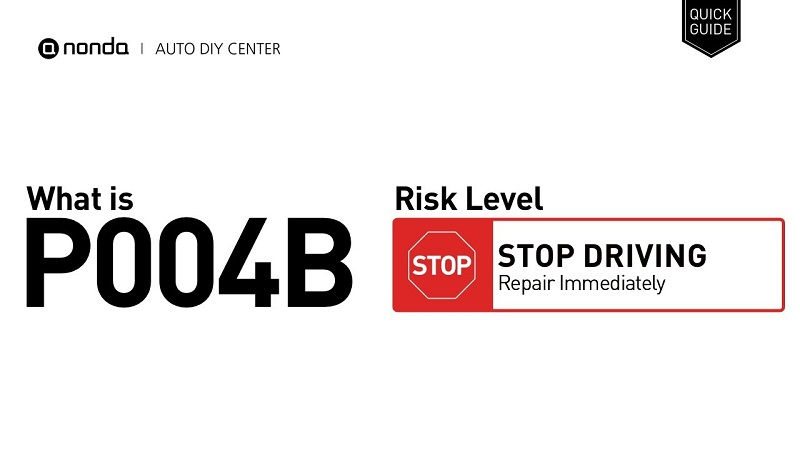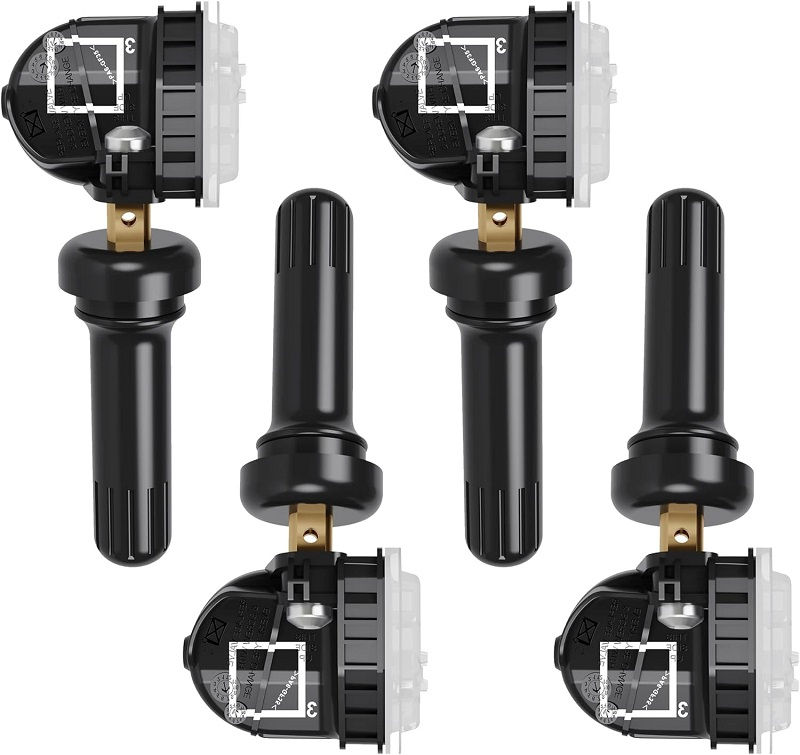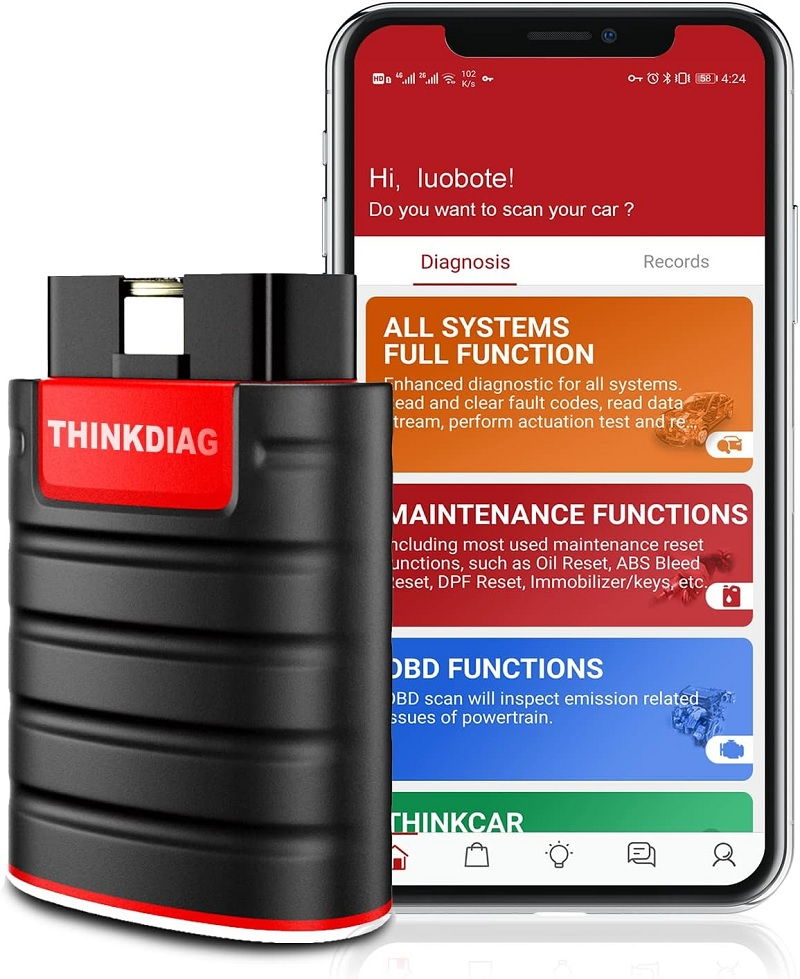This post contains affiliate links. This means I will make a commission at no extra cost to you should you click through and make a purchase [ “As an Amazon Associate, I earn from qualifying purchases.” ]. Read the full disclosure here.
Navigating P004B Turbocharger/Supercharger Boost Control “B” Circuit Range/Performance: Understanding, Diagnosis, and Solutions GuideMechanic.Com In the realm of automotive technology, turbochargers and superchargers stand as pillars of power enhancement, elevating engine performance to new heights.
However, with this complexity comes the potential for issues, one of which is the P004B Turbocharger/Supercharger Boost Control “B” Circuit Range/Performance trouble code.
This article aims to unravel the intricacies of this diagnostic trouble code (DTC), shedding light on its causes, implications, and potential remedies.
See Also: P0049 Turbocharger/Supercharger Turbine Overspeed
Deciphering P004B Turbocharger/Supercharger Boost Control “B” Circuit Range/Performance

P004B is a diagnostic trouble code that indicates a discrepancy in the performance or range of the “B” circuit within the turbocharger or supercharger boost control system.
Turbochargers and superchargers operate by compressing air and delivering it to the engine, thereby increasing power output.
The “B” circuit is tasked with regulating the boost pressure supplied to the engine, ensuring optimal performance and efficiency. When this circuit operates outside of its expected range or performance parameters, it triggers the P004B DTC.
Causes of P004B
Several factors can contribute to the occurrence of the P004B trouble code:
Boost Control Solenoid Malfunction:
The boost control solenoid plays a crucial role in regulating the flow of pressurized air to the engine. A malfunctioning solenoid or its associated components can lead to improper boost pressure control, resulting in the activation of the P004B DTC.
Faulty Boost Pressure Sensor:
The boost pressure sensor is responsible for monitoring the pressure of the compressed air delivered to the engine. A defective sensor or its wiring can result in inaccurate pressure readings, leading to the activation of the P004B trouble code.
Vacuum Leaks:
Any leaks in the vacuum lines or hoses connected to the boost control system can disrupt proper system operation, causing fluctuations in boost pressure and triggering the P004B DTC.
Electrical Issues:
Wiring harnesses, connectors, or terminals associated with the boost control “B” circuit may experience corrosion, damage, or poor connections, leading to erratic performance and the activation of the P004B trouble code.
Software or Calibration Errors:
Incorrect tuning or calibration of the engine management system can result in improper operation of the boost control system, causing it to operate outside of its intended range or performance parameters and triggering the P004B DTC.
P004B Turbocharger/Supercharger Boost Control “B” Circuit Range/Performance
Implications of P004B
The occurrence of the P004B Turbocharger/Supercharger Boost Control “B” Circuit Range/Performance trouble code can have several adverse effects on vehicle performance and operation:
Reduced Engine Performance:
An improperly regulated boost pressure can result in decreased power output and compromised engine performance, especially during acceleration and heavy load conditions.
Decreased Fuel Efficiency:
Inefficient boost pressure control can lead to inefficient combustion, causing the engine to consume more fuel than necessary to achieve the desired performance levels, resulting in decreased fuel efficiency.
Increased Exhaust Emissions:
Inefficient combustion due to improper boost pressure control can result in higher levels of exhaust emissions, contributing to environmental pollution and potentially causing the vehicle to fail emissions tests.
Potential Engine Damage:
Operating the engine with fluctuating boost pressure levels can put additional stress on internal components, potentially leading to premature wear and damage to critical parts such as pistons, valves, and cylinders.
P004B Turbocharger/Supercharger Boost Control “B” Circuit Range/Performance
Resolutions for P004B
Addressing the P004B Turbocharger/Supercharger Boost Control “B” Circuit Range/Performance trouble code requires a systematic approach to diagnose and rectify the underlying issues:
Diagnostic Scanning:
Utilize a diagnostic scanner or scan tool to retrieve the specific fault codes, including P004B, and gather relevant data such as live sensor readings and freeze frame data to pinpoint the root cause of the performance discrepancy.
Visual Inspection:
Conduct a thorough visual inspection of the boost control system, including hoses, connectors, wiring, and associated components, to identify any visible signs of damage, leaks, or abnormalities.
Testing Boost Control Solenoid and Pressure Sensor:
Test the boost control solenoid and pressure sensor for proper operation using a multimeter or specialized diagnostic tools. Replace any faulty components as necessary.
Checking for Vacuum Leaks:
Perform a smoke test or use a vacuum gauge to detect and locate any leaks in the vacuum lines or hoses connected to the boost control system. Repair or replace damaged or leaking components.
Inspecting Electrical Connections:
Check the wiring harnesses, connectors, and terminals associated with the boost control “B” circuit for corrosion, damage, or poor connections. Repair or replace any faulty wiring or connectors.
Software Calibration:
If applicable, recalibrate or reflash the engine control unit (ECU) with updated software or tuning parameters to ensure proper operation of the boost control system within the prescribed range and performance parameters.
Road Test and Reassessment:
After performing the necessary repairs or replacements, conduct a road test to verify proper operation and monitor for the recurrence of the P004B Turbocharger/Supercharger Boost Control “B” Circuit Range/Performance trouble code. Reassess the system to ensure all issues have been effectively addressed.
Conclusion
See Also: P004A Turbocharger/Supercharger Boost Control “B” Circuit/Open
The code presents a challenge for vehicle owners and technicians, necessitating thorough diagnostics and appropriate remedial actions to restore proper operation and performance.
By understanding the causes, implications, and resolutions associated with this diagnostic trouble code, automotive professionals can effectively troubleshoot and rectify issues with the turbocharger or supercharger boost control system, ensuring optimal performance, efficiency, and reliability of vehicles on the road.
- P006C Code: MAP – Turbocharger/Supercharger Inlet Pressure Correlation - May 3, 2024
- P006B MAP – Exhaust Pressure Correlation - May 2, 2024
- P006A MAP – Mass or Volume Air Flow Correlation Bank 1 - May 1, 2024


